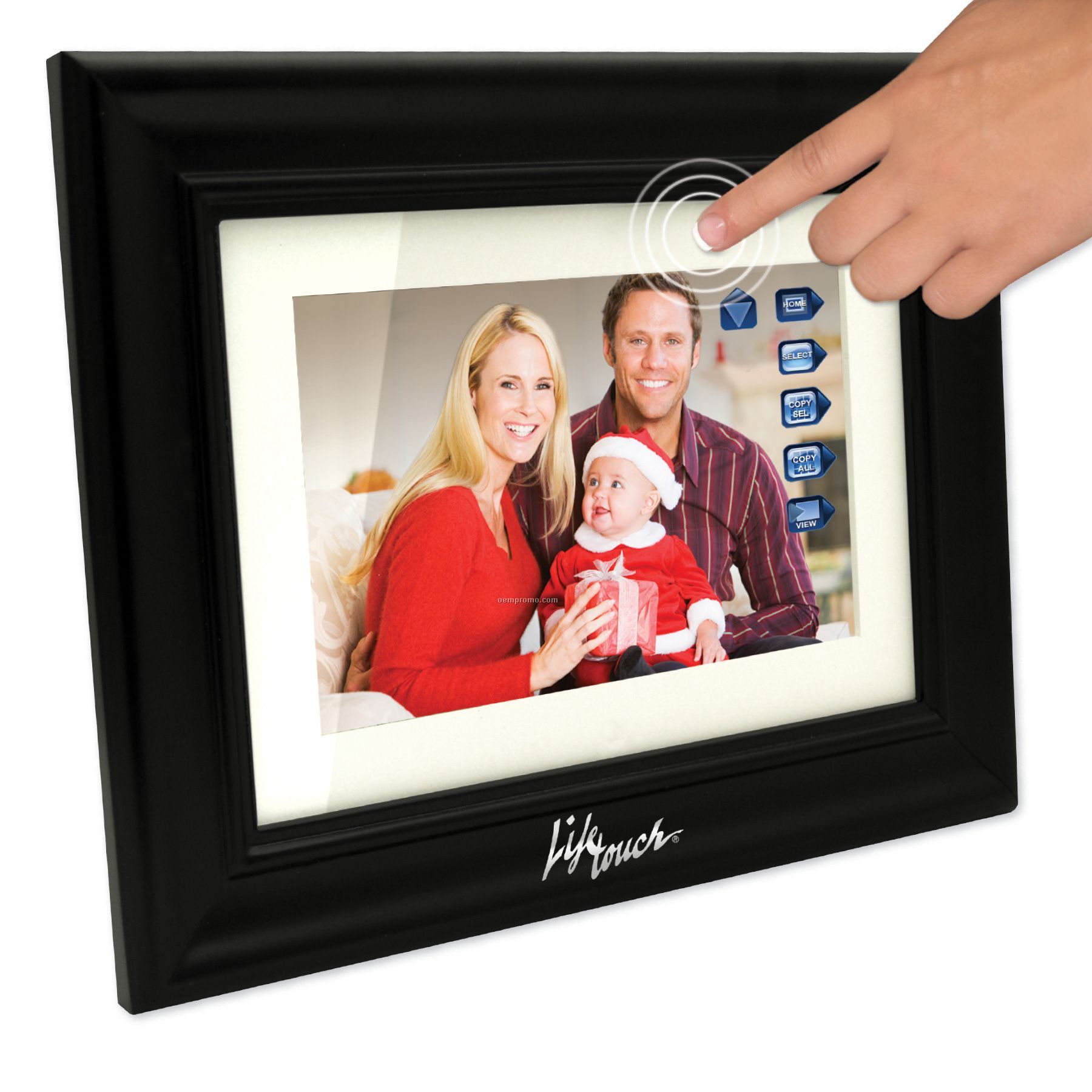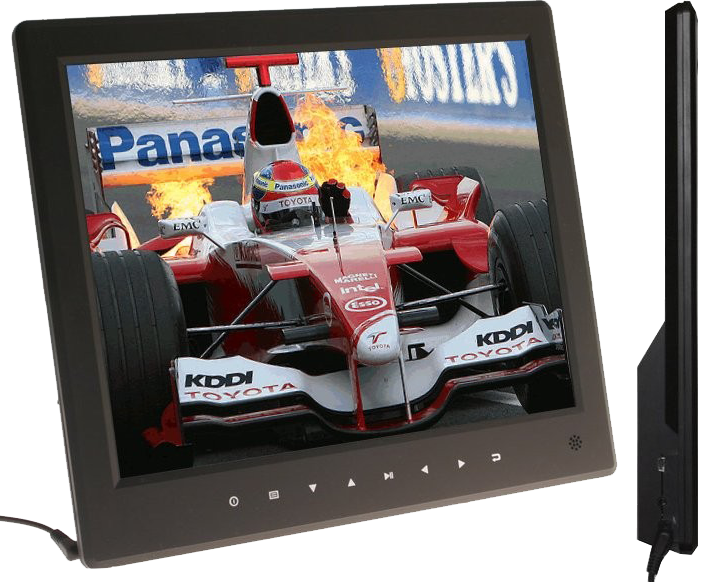

One of the main reasons I stopped using this was the fact the power connector was dodgey meaning it would reset itself a lot if the cable was even slightly moved. But I was willing to give these things a go – I was sold a Samsung SPF-71E for $30 a long time ago and it has sit there unused for a long time.Īs expected, there’s the minimalistic aesthetics. I guess, spelling it all out like that really makes it clear that it would never really succeed. Clock – well most of them had the ability to run as a clock as well, but their on-board RTC was very poor for accuracy (necessitating annoying resetting, especially as the interface lags), and isn’t battery backed so you had to go through it all if someone tripped over the cable, or there was a power outage.Sub-par aesthetics – big bezels, unimaginative flat colours.Battery powered keychain sized frames did exist, with even more woeful capacity and quality (16 photos at 160×120 ring a bell?) and the batteries wore out quickly, and had short runtimes. Sharing it around like a photo is a no-no, since it needs to be cabled. Needs a powerpoint – most of them required to be plugged in, and so were always eating power.Worse if your photos were taken in a mixture of portrait and landscape. The 7″ one I had was 16:9 – so black borders or chopped heads – your choice. Screen aspect ratio – most of them chose strange aspect ratios which don’t match your photos (4:3 for point and shoot, 3:2 for DSLR).At the print-accepted sharp resolution of 300dpi – the image is only sharp when it appears about 1.6″ wide! Just pray that yours doesn’t have a handful of dead pixels because that might not qualify you for a replacement! And most screens had horrendous resolution – 480×234 for a 7″ means less than standard-definition! You get more from a smartphone nowadays. Most screens were small – 7″ models were one of the most popular. Most screens were TN (not IPS) so at best had 6-bits per channel. Low quality screen – this is one of the biggest reasons why they were just plain rubbish.Limited connectivity – updating the photos on the frame had to be done “wired” mostly – or via updating USB/SD flash cards but it was slow to copy between memory.

#3.5 digital photo frame manual
They were frustrating to use – many of them were very slow to respond to input, and were really only good for automatic slideshows, manual “flicking through” and finding photos was really an exercise in frustration.Later models offered video playback too – but lacking audio, or with poor audio. Initially they were somewhat expensive – a cost hard to justify for something that can only view photos.Sadly, they haven’t taken off as predicted, and I would even be so bold as to call it one of the biggest tech-flops I have witnessed. About five years back, digital photo frames were new on the market and there was much hope that it would be a decent way to show off one’s photo collection.


 0 kommentar(er)
0 kommentar(er)
